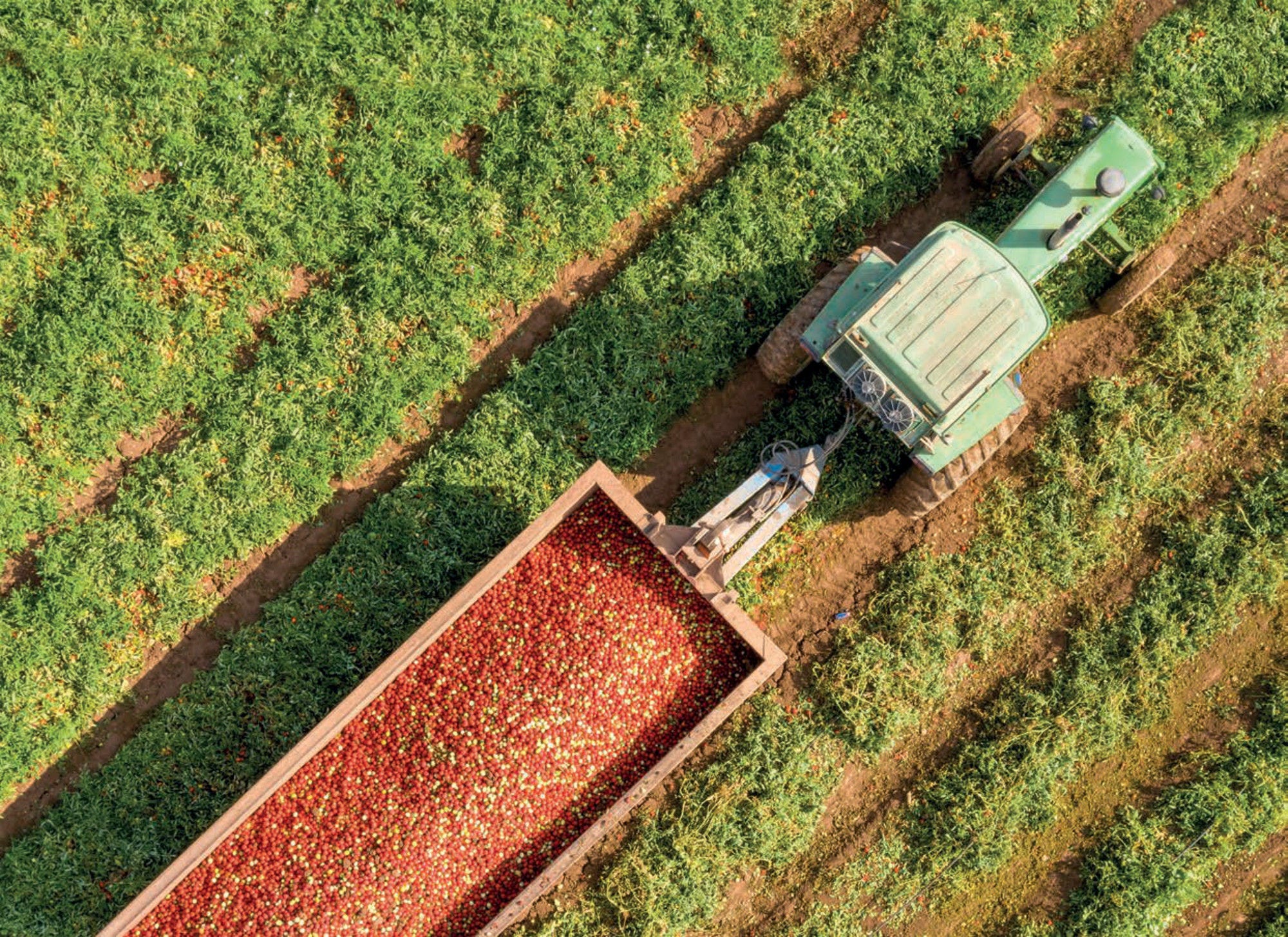Costa Rica’s agricultural policy framework are the 2019-2022 Policy Guidelines for the Agricultural, Fishing and Rural Sector. It seeks to: contribute to the social and economic well-being of the agricultural working population; achieve mechanised, competitive, inclusive and sustainable agriculture with responsive, modern and co-ordinated public institutions; and create a sector resilient to physical, biological, economic and social impacts. The guidelines also have a crosscutting axis of climate actions and disaster risk reduction in the production of goods and services by strengthening the capacities of public institutions and farmers.
The country maintains a wide range of border measures, in particular tariffs for several agricultural products (rice, poultry, pig meat, milk, sugar, etc.). Moreover, the country maintains a reference price for rice. This reference price is based on domestic production costs, processing costs, international prices, and defined by the National Rice Corporation (CONARROZ) with the supervision of the Ministries of Agriculture, Economy and Industry. This reference price imposes a burden on consumers, as domestic prices are higher than international prices.
Budgetary policy instruments predominantly focus on providing essential services to agriculture, including extension services, R&D, and plant and animal health services, with a significant emphasis on environmental protection.
The Agricultural Technology Research and Transfers Institute (INTA) manages agricultural R&D and innovation. INTA also operates technology transfer and extension services to farmers with the MAG’s National Directorate of Agricultural Extension. The National Animal and Health Service (SENASA) and the National Phytosanitary Service (SFE) are in charge of animal and plant health services.
The country also provides minor subsidies. These include payments for environmental services such as the use of green or living fences and terraces, organic production or soil condition improvements, implicit subsidies through credit at preferential interest rates to all loans, and some subsidies for fixed capital formation mostly directed to small-scale farmers.
In Costa Rica’s National Decarbonisation Plan 2018-2050, the agricultural sector has commitments in the following areas: (1) promotion of highly efficient agro-food systems that generate low carbon products for both domestic and international market, and (2) consolidation of an eco-competitive livestock model based on productive efficiency and reduction of GHG emissions. Within this context, the sectorial office for climate actions and decarbonisation was created in 2019 within the MAG. This office is in charge of Nationally Appropriate Mitigation Actions (NAMA) for livestock, and of the development of banana, rice and sugar cane NAMAs.
Two agricultural chains apply NAMAs: coffee and livestock. The coffee NAMA is more advanced and aims to reduce GHG emissions and improve resource use efficiency. The main actions implemented by the coffee NAMA are fertiliser reduction use, efficient use of water and energy, audits in coffee processing to measure carbon footprint, developing strategies to promote specialty coffee, technical assistance for coffee producers and processors, and planting forest trees for carbon capture.
During 2019, SEPSA developed the Climate Change Information Observatory,1 with information on climate change and on the El Niño Southern Oscillations (ENSO).







